If it seems like years since Sony released a new Audio/Video receiver (AVR), that’s probably because it has. Their most recent AVR offering, the STR-DH790, was introduced in 2018. The most recent update to the premium ES (Elevated Standard) line was even longer ago than that. That dry spell has ended with a new suite of Sony A/V receivers which feature 8K video support, Sonos integration, HDMI 2.1, Dolby Atmos, CI integration and (perhaps most significantly) Sony’s own version of immersive surround sound: 360 Reality Audio with 360 Spatial Sound Mapping.
Sony held a press event in Austin, Texas today to unveil the new lineup, and we were “in the room where it happened.” There is one new model in Sony’s standard AVR line (STR-AN1000) and four new models in the ES lineup. All models include 8K/60 and 4K/120 HDMI 2.1-compatible inputs. All models are expected to begin shipping soon (Spring, 2023).
Sony’s 2023 A/V Receiver Line:
- Sony STR-AN1000 ($899)
- 7.2 Channel, 100 Watts/Channel (2 channels driven @ 6 ohms)
- Sony STR-AZ1000ES ($1,099)
- 7.2 Channel, 100 Watts/Channel (2 channels driven at 8 ohms)
- Sony STR-AZ3000ES ($1,699)
- 7.2 Channel, 120 Watts/Channel (2 channels driven at 8 ohms)
- Sony STR-AZ5000ES ($2,099)
- 9.2 Channel, 130 Watts/Channel (2 channels driven at 8 ohms)
- Sony STR-AZ7000ES ($3,299)
- 13.2 Channel, 150 Watts/Channel (2 channels driven at 8 ohms)
Putting the “Immersive” into Immersive Surround
Immersive surround, 3D surround sound, spatial audio: it goes by many names. But these terms all refer to the same concept: surround sound designed to effectively immerse the listener in an all-enveloping soundscape. Immersive surround puts the viewer into the movie or the listener inside the music. Traditional surround sound creates sound coming from the front, rear and sides of the listener. Immersive surround enhances this with sound coming from above the listener just like it does in real life.

While this type of surround sound effect can be virtualized for playback through headphones or sound bars, it’s much more effective coming from multiple physical speakers dedicated to producing sound from all directions. To this end, all of the receivers in Sony’s new line-up offer at least seven channels of built-in amplification for a minimum 5.1.2-channel immersive surround implementation. On the top end, the AZ7000ES can power up to 13 separate speakers (plus two subwoofers), supporting a 9.1.4 or 7.1.6 speaker configuration for Dolby Atmos, DTS:X and 360 Reality Audio content. We got to hear a demo of the AZ7000 in a 9.6.4 configuration – thirteen KEF speakers and six powered subwoofers – and it sounded impressive.
Sony’s immersive surround solution is both a competitor to Dolby Atmos and an enhancement to it. 360 Reality Audio is an encoding format for movie and music producers and engineers. 360 Spatial Sound Mapping can enhance immersive sound formats such as Dolby Atmos and DTS:X to be even more immersive and enveloping. 360 Spatial Sound Mapping uses electronic processing and psychoacoustics to fill in the spaces between speakers and create a seamless dome of sound around the listener.
You can find 360 Reality Audio encoded music on music streaming services such as Amazon Music Unlimited, deezer, nugs.net, and Tidal. I’ve been testing the Sony STR-AZ1000ES receiver using the Tidal app (with “HiFi” tier), connected via the receiver’s “Chromecast built-in” feature and can confirm that this configuration supports 360 Reality tracks in all their multi-channel glory. You can then enhance these 360 Reality Audio tracks, as well as content in Dolby Digital, DTS, DTS:X or Dolby Atmos by engaging the receiver’s “360 Spatial Sound Mapping” feature.
Enabling the 360 Spatial Sound Mapping feature requires that you first run through a speaker calibration routine. Unlike the mono microphones used by traditional calibration programs like Audyssey, Sony’s “Digital Cinema Auto Calibration IX” uses a stereo microphone to map out speaker levels, locations and room interactions in order to create a 3D map of the room. It then uses this map to create virtual speaker channels in addition to the real speakers in the room. Once you’ve done the calibration, you can use the dedicated “360SSM” button on the remote to enable or disable the 360 Spatial Sound Mapping feature.

Comparing Dolby Atmos music tracks with and without 360SSM, I found that enabling the 360SSM generally brought the mix forward a bit, putting the listener inside the mix, rather than in front of it. The effect enhanced some Dolby Atmos tracks, but not all. On most tracks, it expanded the soundstage to be wider and deeper than it was without processing. But in some cases you lose the immediacy and intimacy of the mix, particularly with a song with a strong center vocal track. Using 360SSM on movies definitely enhanced the immersive effect, bringing me right into the action. I’ll be testing this out more and will publish a full review with my thoughts in the near future.

The ES receivers also feature compatibility with all of the major CI (Custom Integration) platforms including Control4, OvrC, Savant, Crestron, ELAN, RTI, Domotz, URC and Vantage. They are also “Works with Sonos” Certified – just plug in a Sonos Port and your Sony receiver becomes a Sonos zone like any standalone Sonos speaker. This also allows you to access any source connected to the receiver within the Sonos app, so you can play music or movie sound from the receiver on any Sonos speaker in your home.
The two higher end receivers (STR-AZ5000ES and STR-AZ7000ES) offer a complete set of pre-amp outputs – eleven channels on the 5000 and fifteen channels on the 7000. This allows the customer to add dedicated power amps for larger home theater applications.

The Bottom Line
It’s good to see Sony back in the AV receiver game. Competition helps drive companies to be better and gives consumers more choices. And now with Sony 360 Reality Audio encoding coming to more content, potential receiver buyers should consider buying a model that includes the format for maximum compatibility.
Continue reading: Sony STR-AZ1000ES Audio Video Receiver (AVR) Review



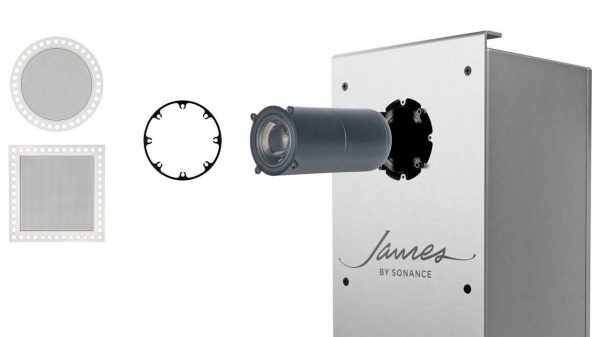

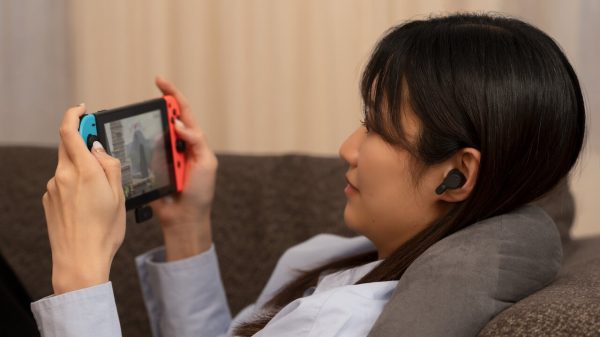

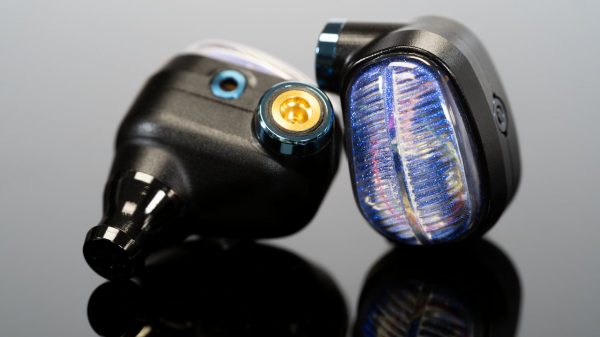

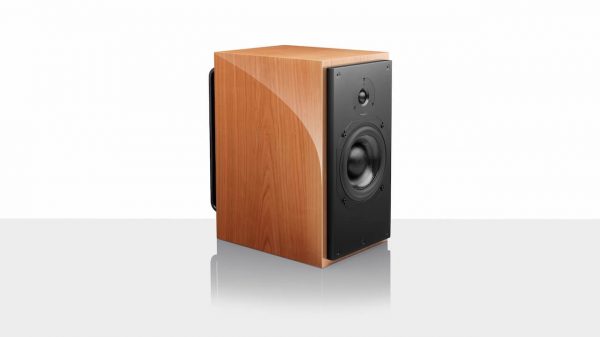

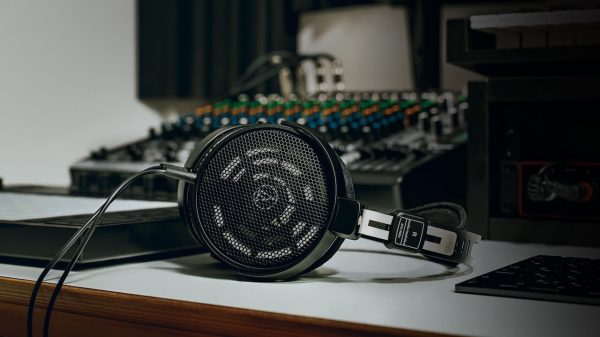




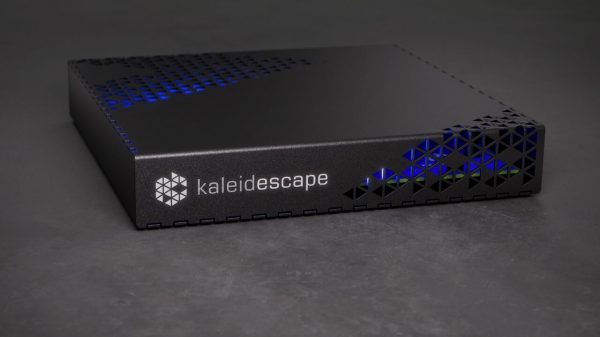

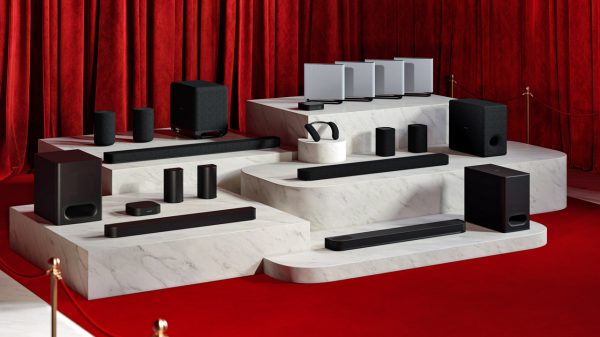


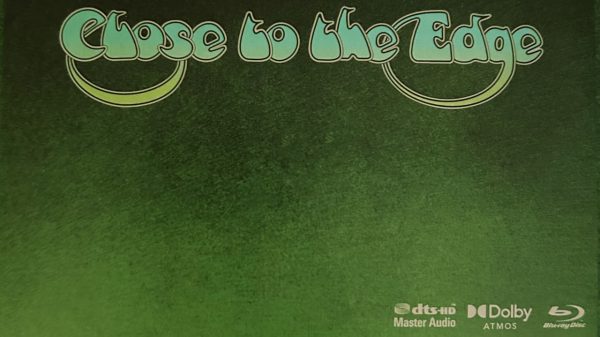
















Pat
March 16, 2023 at 10:39 pm
Will they update their lower end AV receivers ever?
Like adding LDAC support to the STR-DH190?
Bill Heestand
July 25, 2023 at 10:07 pm
I bought the AZ3000ES. Im running it with third gen Fire Cube and Amazon Music HD as source.
The Amazon music app puts the fact that the track is in Dolby Atmos and the receiver is Dolby Atmos capable.
It doesn’t do that with regard to tracks that are clearly flagged as 360 (reality audio) on my phone and tablet. This is maddening.
I’ve spent quality time on tech support with both Amazon and Sony ES. I discovered that my former Sony ZA1100ES was not capable of 360. So I upgraded. The engineer at Sony had no clue that Sony’s music catalog was encoded with 360 metadata and thought 360 was just limited to the processing of the amplifier.
Does Sony actually intend to win the spatial audio wars? Hopefully someone from Sony actually reads this. Ah well one can hope.